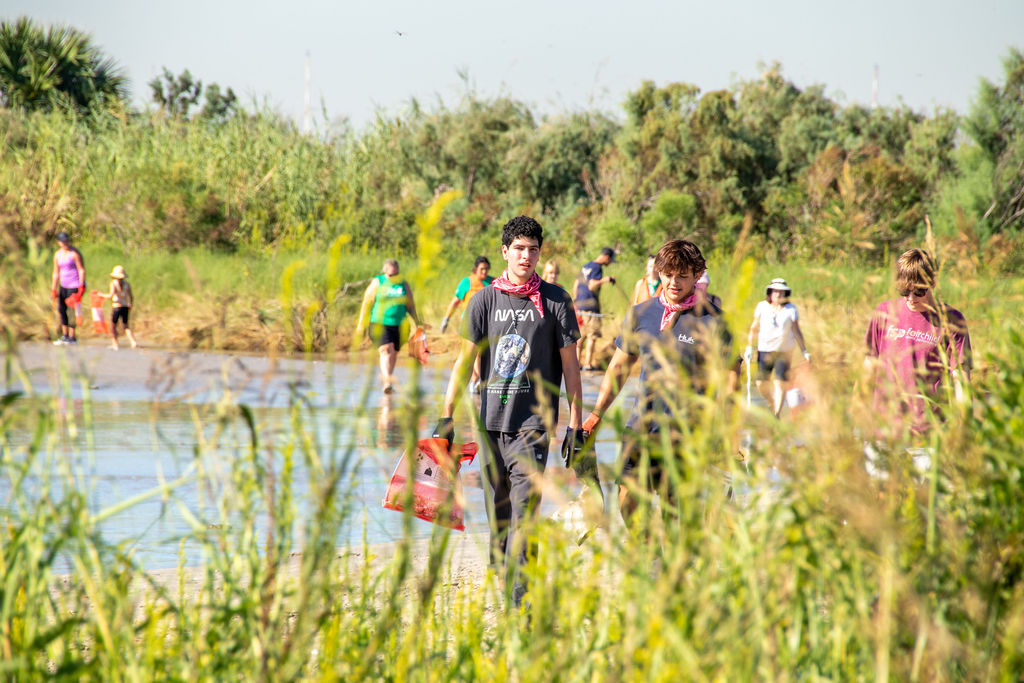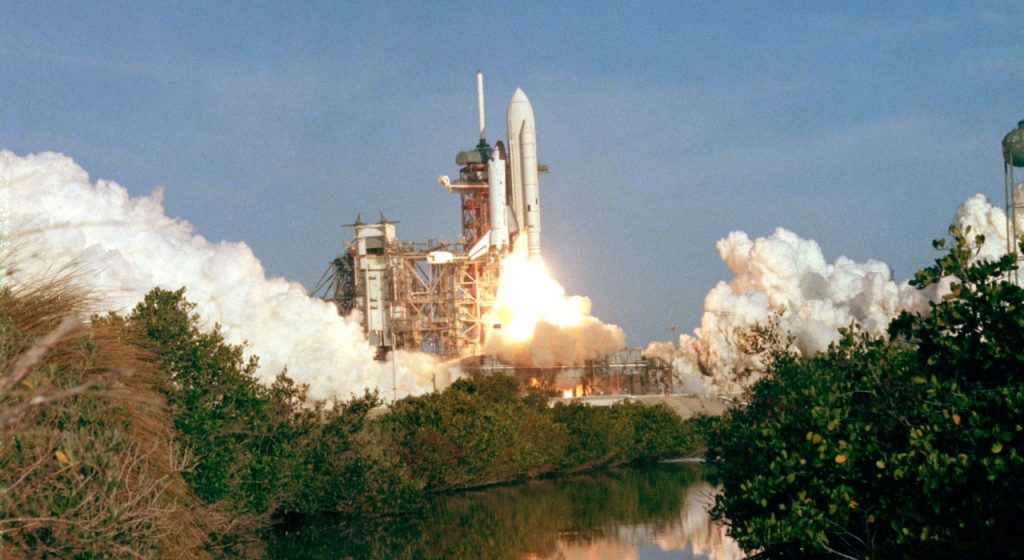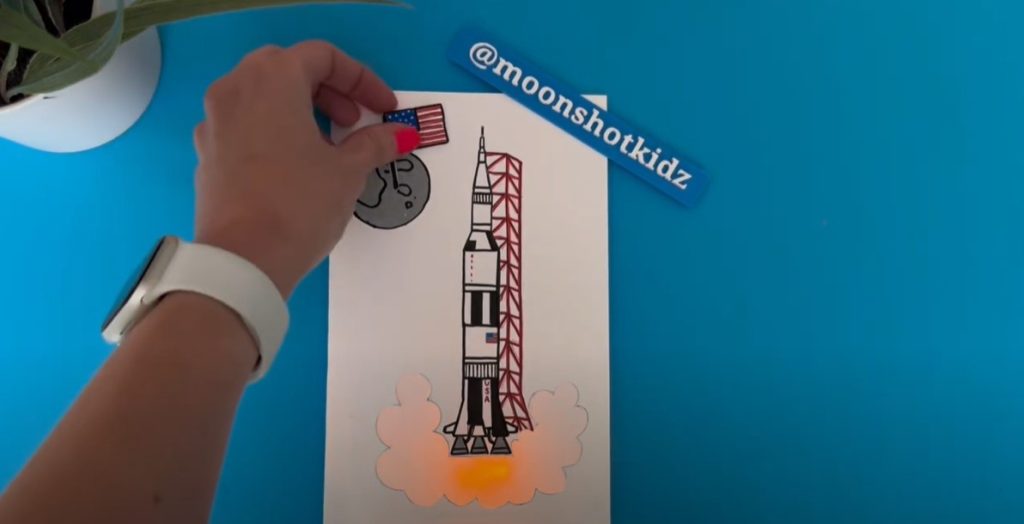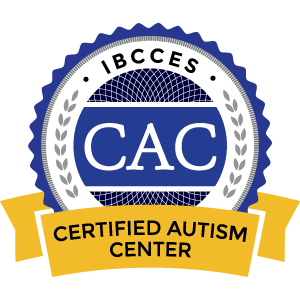
Get to know some of the speakers who will be presenting immersive and interactive sessions at our 27th annual Space Exploration Educators Conference Feb. 4-6.
Celena Miller
 Miller is a senior outreach/education coordinator at the Texas Space Grant Consortium. She has been educating since 2010. She is from Pharr, Texas and has Bachelor’s and Master’s degrees from the University of Texas at Pan American. Miller has participated in NASA’s Project 3D View, the NASA Endeavor Science Teaching Certificate Project, and the Robotics, Ocean and Microgravity Explorers Challenge, as a Mars Atmospheric and Volatile Evolution Teacher Ambassador. In 2014, Miller was also named the HEB Excellence in Education Rising Star Winner for Texas and served as the 2015 Texas Academy of Science Outstanding Texas Educator.
Miller is a senior outreach/education coordinator at the Texas Space Grant Consortium. She has been educating since 2010. She is from Pharr, Texas and has Bachelor’s and Master’s degrees from the University of Texas at Pan American. Miller has participated in NASA’s Project 3D View, the NASA Endeavor Science Teaching Certificate Project, and the Robotics, Ocean and Microgravity Explorers Challenge, as a Mars Atmospheric and Volatile Evolution Teacher Ambassador. In 2014, Miller was also named the HEB Excellence in Education Rising Star Winner for Texas and served as the 2015 Texas Academy of Science Outstanding Texas Educator.
Miller will be presenting at SEEC along with Texas Space Grant Consortium program manager Margaret Baguio. The session explores asteroids and includes a student challenge teachers can conduct in their classrooms. The challenge simulates a trip to an asteroid using an impactor, drone landing and takeoff, and robotic navigation. Participants in this session will also hear from a NASA Johnson Space Center carbonaceous asteroid curator.
Jill Gilford
 Gilford is an Earth and space science teacher at Twin Lakes School Corporation (TLSC) in Monticello, Indiana. She has been educating since 2006. In 2014 Gilford created a program named the “Science Buddies” that allows honors Earth/space students to partner with a class of first-grade students. In 2017 she was selected as TLSC district teacher of the year and made it to the top 25 in the Indiana Teacher of the Year program.
Gilford is an Earth and space science teacher at Twin Lakes School Corporation (TLSC) in Monticello, Indiana. She has been educating since 2006. In 2014 Gilford created a program named the “Science Buddies” that allows honors Earth/space students to partner with a class of first-grade students. In 2017 she was selected as TLSC district teacher of the year and made it to the top 25 in the Indiana Teacher of the Year program.
Gilford’s SEEC session includes a lesson that teaches children to collaborate to design, build, and test a shield to protect Earth from an asteroid. This engaging lesson can be modified and adapted to different age levels.
Lauren Parker
 Parker is a 7th and 8th grade science teacher at Fort Worth Academy in Fort Worth, Texas. She has been educating since 2010. She has Bachelor’s and Master’s degrees in education from Texas Christian University. Parker has earned many recognitions in her teaching career including being named District Teacher of the Year. She was also selected to present with her students at the NASA/Sally Ride Science GRAIL MoonKam Teacher Expo in Washington, D.C. to share how the mission was incorporated in the classroom.
Parker is a 7th and 8th grade science teacher at Fort Worth Academy in Fort Worth, Texas. She has been educating since 2010. She has Bachelor’s and Master’s degrees in education from Texas Christian University. Parker has earned many recognitions in her teaching career including being named District Teacher of the Year. She was also selected to present with her students at the NASA/Sally Ride Science GRAIL MoonKam Teacher Expo in Washington, D.C. to share how the mission was incorporated in the classroom.
Parker’s SEEC session explores the Martian surface, specifically the soil. Learn about characteristics of regolith and modifications needed for plant growth. Find ways for your students to test their ideas and develop arguments for the suitability for plant growth for both face-to-face and virtual instruction.
Lorie Hammerstrom
 Hammerstrom is an informal STEM educator at Quincy Public Schools in Quincy, Massachusetts. She has been educating since 1986. After attending Space Academy for Teachers in Huntsville, Ala., Hammerstrom created an afterschool enrichment program for her students. This program is 10 weeks of STEM activities geared toward space exploration. She is a Space Camp Ambassador as well as an Ambassador to the Solar System and has served as the LEGO robotics coach at her school. Hammerstrom was awarded the Presidential Award for Math and Science Teachers for 2016.
Hammerstrom is an informal STEM educator at Quincy Public Schools in Quincy, Massachusetts. She has been educating since 1986. After attending Space Academy for Teachers in Huntsville, Ala., Hammerstrom created an afterschool enrichment program for her students. This program is 10 weeks of STEM activities geared toward space exploration. She is a Space Camp Ambassador as well as an Ambassador to the Solar System and has served as the LEGO robotics coach at her school. Hammerstrom was awarded the Presidential Award for Math and Science Teachers for 2016.
She will be presenting at SEEC alongside Sarah Quasny who works in NASA flight operations. The session explores what happens to garbage on the International Space Station. Learn how astronauts recycle and conserve materials and how scientists on the ground collaborate to solve problems aboard the floating laboratory.
Michelle Mohrweis
 Mohrweis is a STEM teacher at Bogle Junior High in Chandler, Arizona. She has been educating since 2015. Mohrweis has taken on a VEX robotics club and teaches engineering to seventh and eighth grade students. She enjoys every excuse to talk about space in her lessons and has been developing a unit all about engineering on the International Space Station. She’s excited to see where her future will take her and how she can use her time in the Space Exploration Educator Crew to help spread the teaching of space and encourage kids to go into engineering careers within our space agencies.
Mohrweis is a STEM teacher at Bogle Junior High in Chandler, Arizona. She has been educating since 2015. Mohrweis has taken on a VEX robotics club and teaches engineering to seventh and eighth grade students. She enjoys every excuse to talk about space in her lessons and has been developing a unit all about engineering on the International Space Station. She’s excited to see where her future will take her and how she can use her time in the Space Exploration Educator Crew to help spread the teaching of space and encourage kids to go into engineering careers within our space agencies.
Mohrweis will be presenting about 3D rover design at SEEC. Using free online software, you will learn how your students can design their own 3D rovers. The session will guide you through activities that can be done alongside the project, introducing your students to Mars Rovers.
Nathan Tubbs
 Tubbs is a 6th grade science teacher and middle school STEAM coordinator at PS/IS 30 Mary White Ovington in Brooklyn, New York. Tubbs has participated in Honeywell Educators at Space Academy, led his students to send an experiment to the International Space Station for a six-week stay through a partnership with the Intrepid Sea, Air & Space Museum and the Student Spaceflight Experiments Program, and currently serves as a NASA/JPL Solar System Ambassador. In 2017, he further expanded his professional horizons by being commissioned as a first lieutenant in the United States Air Force Reserves, serving as a Chaplain at Joint Base Andrews in Maryland.
Tubbs is a 6th grade science teacher and middle school STEAM coordinator at PS/IS 30 Mary White Ovington in Brooklyn, New York. Tubbs has participated in Honeywell Educators at Space Academy, led his students to send an experiment to the International Space Station for a six-week stay through a partnership with the Intrepid Sea, Air & Space Museum and the Student Spaceflight Experiments Program, and currently serves as a NASA/JPL Solar System Ambassador. In 2017, he further expanded his professional horizons by being commissioned as a first lieutenant in the United States Air Force Reserves, serving as a Chaplain at Joint Base Andrews in Maryland.
At SEEC, Tubbs will be presenting a session demonstrating how educators can overcome the difficulties of COVID to teach coding. Participants will learn how to use online tools to teach their students basic Arduino-based coding skills. They will also learn to build and design sample sensors that can be used to understand the elements of life support systems.
Heidi Ragsdale
 Ragsdale is a STEM EdTech trainer at Grand Junction MakerSpace in Grand Junction, Colorado. She has been teaching since 2003 and has a Bachelor’s from Colorado Mesa University and a Master of TESOL from Grand Canyon University. Ragsdale’s SEEC experiences have allowed her bring back programming to construct events such as the Western Colorado Girls in STEM conferences. In 2019, Ragsdale became a member of the National Geographic Teacher Advisory Council (TACPAC). In 2017, she was honored as a Denver Broncos STEM Teacher, and she is a 2020 National Geographic Society Grantee.
Ragsdale is a STEM EdTech trainer at Grand Junction MakerSpace in Grand Junction, Colorado. She has been teaching since 2003 and has a Bachelor’s from Colorado Mesa University and a Master of TESOL from Grand Canyon University. Ragsdale’s SEEC experiences have allowed her bring back programming to construct events such as the Western Colorado Girls in STEM conferences. In 2019, Ragsdale became a member of the National Geographic Teacher Advisory Council (TACPAC). In 2017, she was honored as a Denver Broncos STEM Teacher, and she is a 2020 National Geographic Society Grantee.
Ragsdale’s SEEC session explores remote sensing, which has helped us better understand Earth. Learn about this technology and now it can help us tackle global climate change.
Terri Mynatt
 Mynatt is a Kindergarten, 1st, and 2nd grade teacher at John Fredson School – Yukon Flats School District in Venetie, Alaska. Mynatt is a fellow of Fund For Teachers, which gave her the opportunity to explore Italy and Switzerland’s educational systems. She was selected as a “The Arctic in the Classroom” teacher with ARCUS and became a GLOBE certified teacher. In both those programs, her students are given the opportunity to work with researchers. She found that she does not need to know all the information in the universe to teach science. What she needs is scientists that work with her as she works with her students.
Mynatt is a Kindergarten, 1st, and 2nd grade teacher at John Fredson School – Yukon Flats School District in Venetie, Alaska. Mynatt is a fellow of Fund For Teachers, which gave her the opportunity to explore Italy and Switzerland’s educational systems. She was selected as a “The Arctic in the Classroom” teacher with ARCUS and became a GLOBE certified teacher. In both those programs, her students are given the opportunity to work with researchers. She found that she does not need to know all the information in the universe to teach science. What she needs is scientists that work with her as she works with her students.
Along with Dr. Jill Yager, Mynatt’s SEEC session will explore the depths of underwater caves to the frozen tundra. Investigate how we describe new discoveries here on Earth in some of the most remote and unforgiving environments and compare that to seeking life on other planets.
To see more presenters and sessions, learn more about the conference, and register for SEEC, visit the SEEC webpage.






